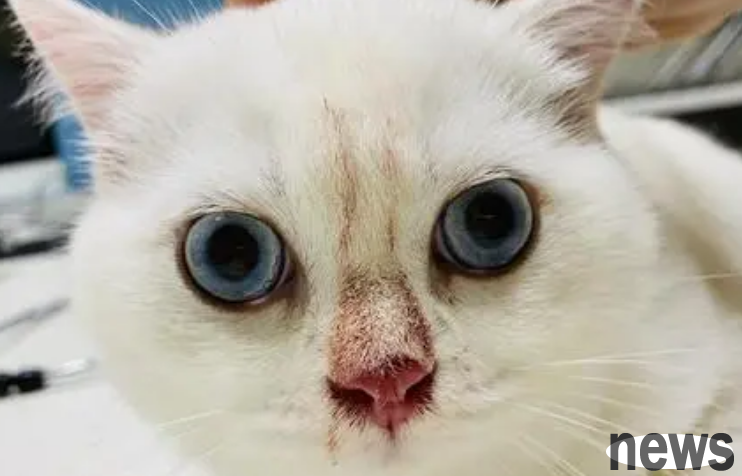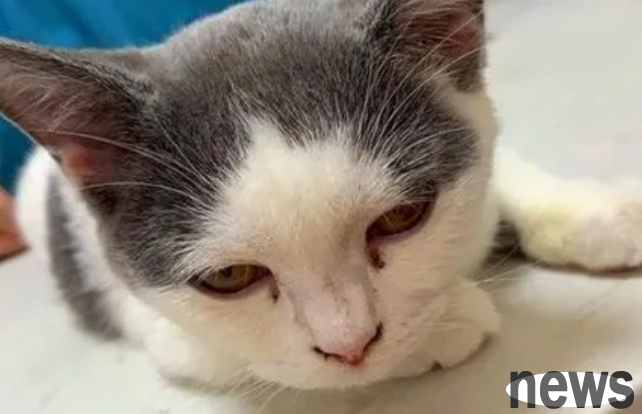If you find that the cat’s nose is not ventilated, we need to take effective measures to treat it in a timely manner. When the cat's nose is not breathable, we first need to clean the cat's nostrils. Cleaning the nostrils can help the cat breathe smoothly and relieve nasal congestion.

Therefore, we can place a hot and wet towel next to the cat's nostrils to allow hot and water vapor to enter the cat's nasal cavity, gently stimulating the mucus membrane, which is conducive to the smoothness of the nasal congestion area. In addition, we can also use saline nasal drops to help cats clean their nasal cavity and relieve nasal congestion. If there is no saline nasal drop, we can make a simple version of saline. The method is to add a small amount of salt to 200 ml of warm water and stir evenly.

When the cat's nose is not ventilated, we need to increase the air humidity. A dry environment can make the cat's nose drier, resulting in nasal congestion. Therefore, we can place a humidifier in the room or put a few more basins of water to increase indoor humidity and alleviate the cat's nasal congestion.
The diet of cats is also very important. When a cat catches a cold or respiratory infection, we need to ensure that the cat's diet is nutritious and strengthen nutritional conditioning. We can add some foods rich in vitamin C, vitamin E and other nutrients to our cat's diet, such as vegetables, fruits, etc. At the same time, avoid giving cats raw and cold food, keep the food warm as much as possible, and let the cat eat slowly.
If the cat's nose is very obstructed, it will not only affect the cat's breathing, but also easily lead to the occurrence of other cat diseases. At this time, drug treatment is required.